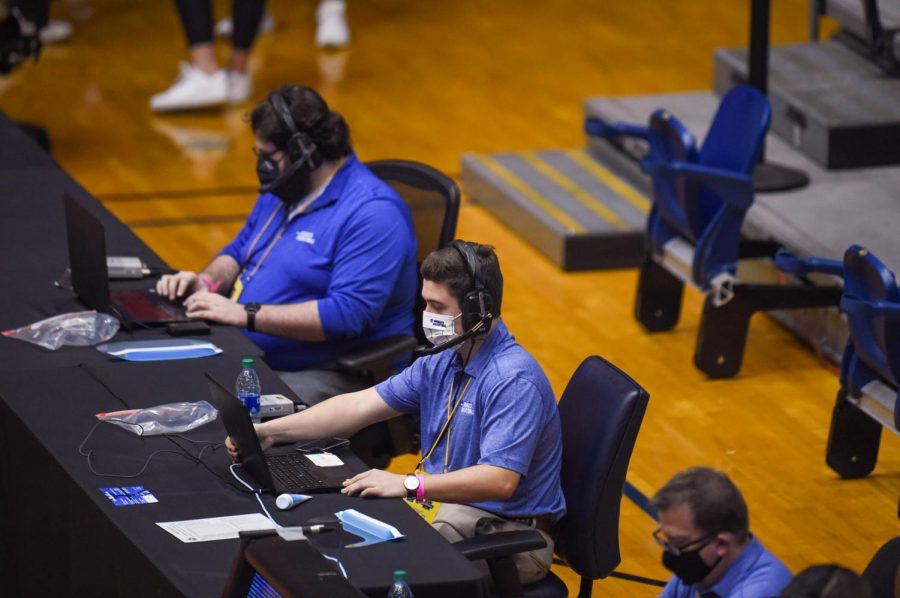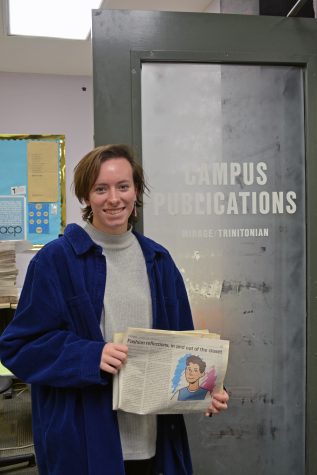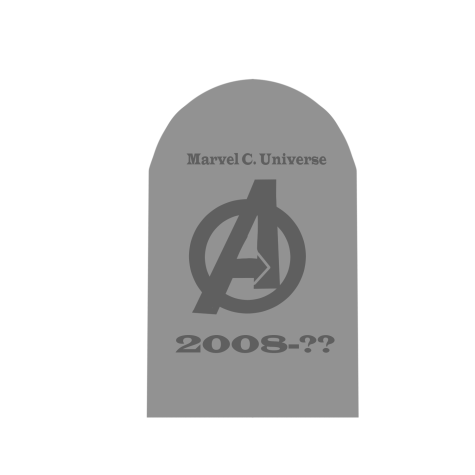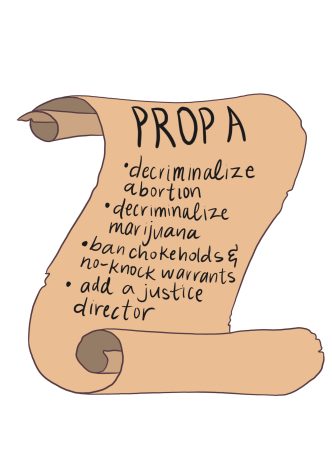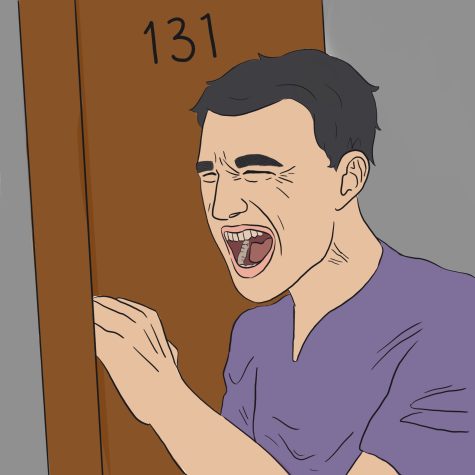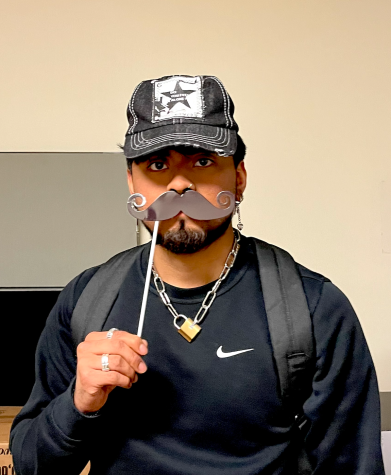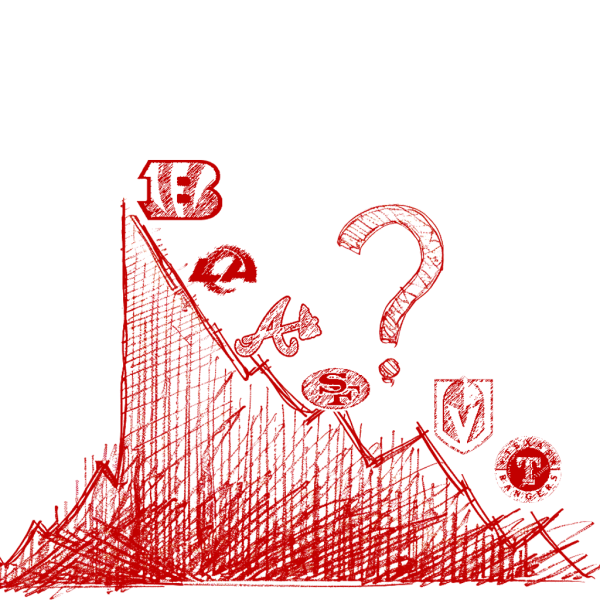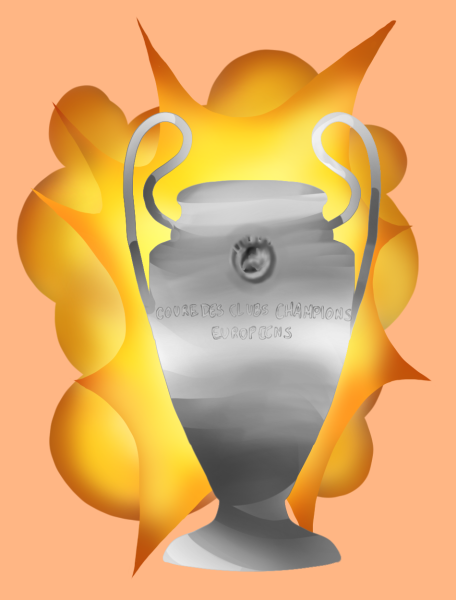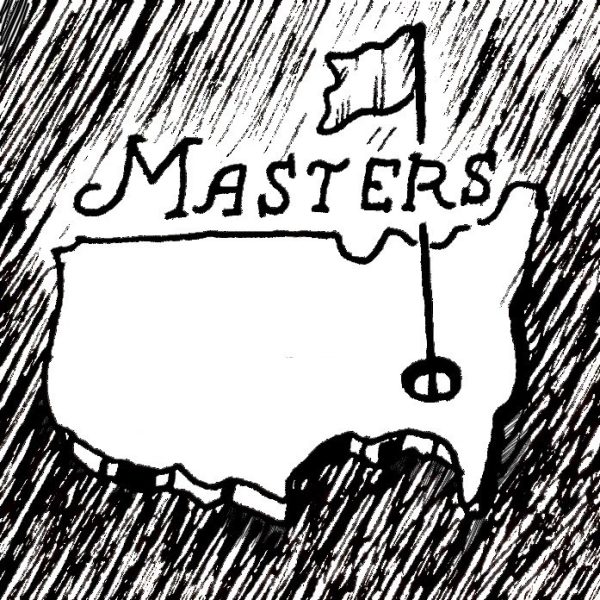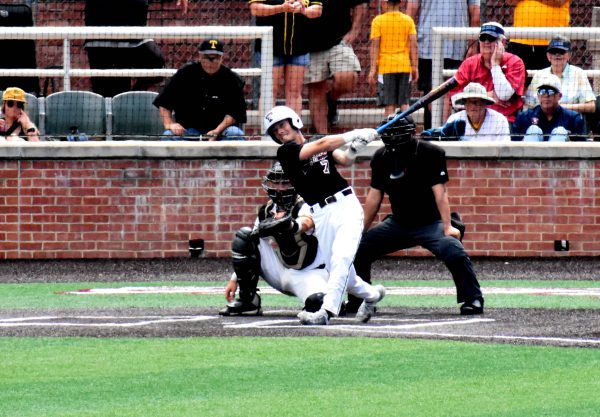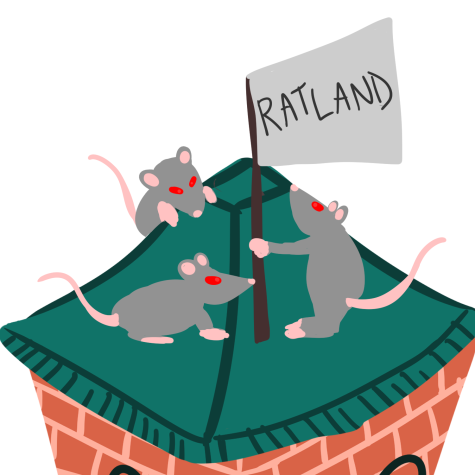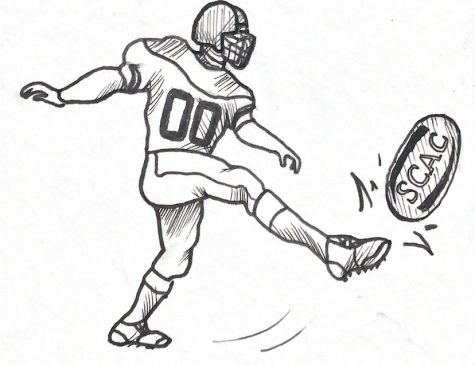Trinity junior works at NCAA Women’s Basketball Tournament
Jacob Stubbs inputs stats at San Antonio’s mega-event
Photo provided by Jacob Stubbs
Trinity junior Jacob Stubbs and Assistant Director of Athletics Harrison LaLone input stats during a game in the NCAA Division I Women’s Basketball Tournament. Stubbs does the same job for Trinity basketball games.
The 2021 National Collegiate Athletic Association (NCAA) Division I Women’s Basketball Tournament was held in San Antonio, Texas, from March 21 through April 4. Stanford University, led by head coach Tara VanDerveer, claimed their first national championship since 1992 after pulling out the 54-53 victory over the University of Arizona inside the Alamodome in downtown San Antonio.
In a normal year, the 64-team tournament spreads out across the country, with the first and second rounds hosted by the top sixteen teams, the third and fourth rounds (the Sweet Sixteen and Elite Eight) hosted in regionally appropriate locations and the Final Four culminating in one city. However, in December 2020, the NCAA decided that all rounds of the tournament, from the first round to the championship game, should occur in one geographical location due to COVID-19 concerns.
With the exception of a few games in the first and second rounds of competition — which were played in Austin, Texas and San Marcos, Texas — all tournament games were held in the San Antonio area. Hosting such a large, high-profile event requires many individuals working behind the scenes to ensure the tournament runs smoothly. According to KSAT 12, the San Antonio Local Organizing Committee (SALOC) estimated a need for roughly 1,500 volunteers.
To ensure that there is enough qualified staff for jobs that require a particular skill set, it is common for event organizers to reach out to local sports information departments, according to Assistant Director of Athletics Harrison LaLone.
“Whoever is determined to be the host… just needs to find as many bodies as possible as quickly as possible,” LaLone said. “And so generally what ends up happening is the sports information representative of the Coordinating Officer staff just reaches out to everyone else in a certain radius. They just know who the professionals are in their area and who can handle it, who can do those kinds of things. And so [Trinity’s Sports Information Department] were reached out to as one of those stabs,” LaLone said.
Two staff members of Trinity’s Sports Information Department ended up volunteering for the tournament: Lalone and junior Jacob Stubbs, who has done statistics at nearly every home basketball game for the last two seasons. Stubbs explained that the work he and LaLone did for the tournament was the same as the work he does for Trinity, only on a larger scale.
“What we do is we input stats in real-time as the game is happening. So, basically, we have a kind of interface program that shows the basketball court from a small screen, as we’re watching the game, and so we click on the floor of wherever this action happened. Whether it be a make or missed shot, a turnover, a foul, whatever it may be, we input those stats live as the game is happening for the scoreboard to be broadcast on ESPN or wherever the game’s being played, as well as all your various sports apps that keep boxscores. We are the importers for all of those stats for these games,” Stubbs said.
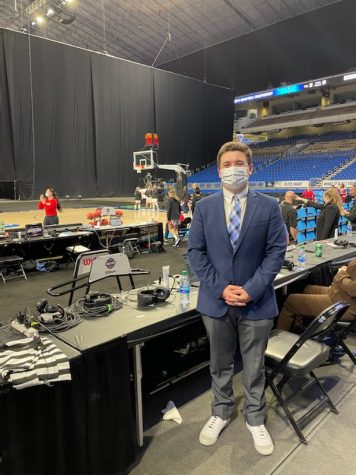
For Stubbs, who hopes to work with statistics and analytics within the sport industry after graduation, working the NCAA Tournament is a valuable learning experience.
“I get to see how they use their stats, how important they are and how seriously they take them because sports are incredibly data-driven at this point,” Stubbs said. “ Statistics are becoming more and more important, and they’re getting more and more things with them. It’s getting more complicated every year with new metrics and stuff that they are measuring to best measure their performance.”
While this year’s mega-tournament in San Antonio was a unique event, opportunities like the one Stubbs received to help at big sporting events are not new for Trinity students. In 2018, 10 students assisted with the NCAA Men’s Final Four that was also held in San Antonio by helping with the NCAA’s social media.
As Stanford and the other 63 tournament teams depart from San Antonio, Stubbs hopes other Trinity students take advantage of future opportunities provided by events San Antonio hosts, including the Men’s Final Four once again in 2025.
“Trinity is a great place to start and the Sports Information Department loves to hire student workers, so get exposure there and work as many games as you can and prove yourself useful because that’s really how opportunities like that come about,” Stubbs said.
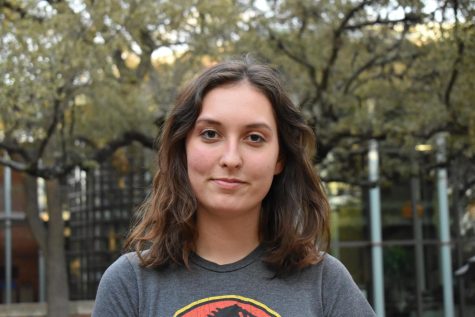
My name is Alejandra, and I'm a senior majoring in Neuroscience. I initially joined the Trinitonian as a first-year and worked my way up from a Sports...

